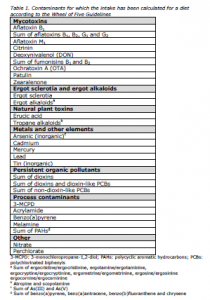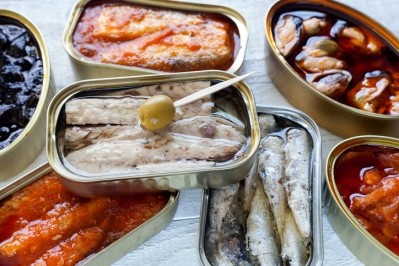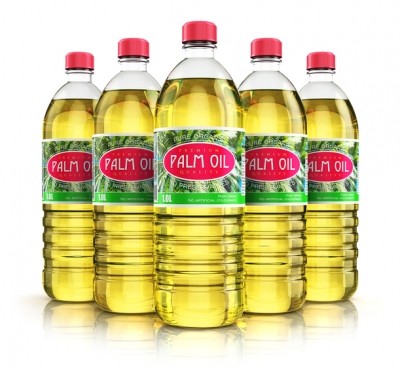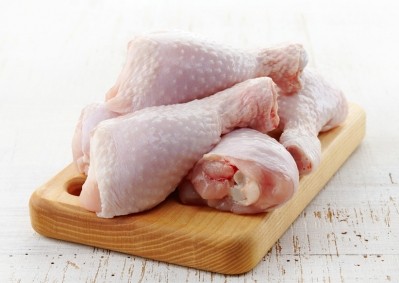Acrylamide, arsenic and lead intake high if Dutch diet guidelines followed
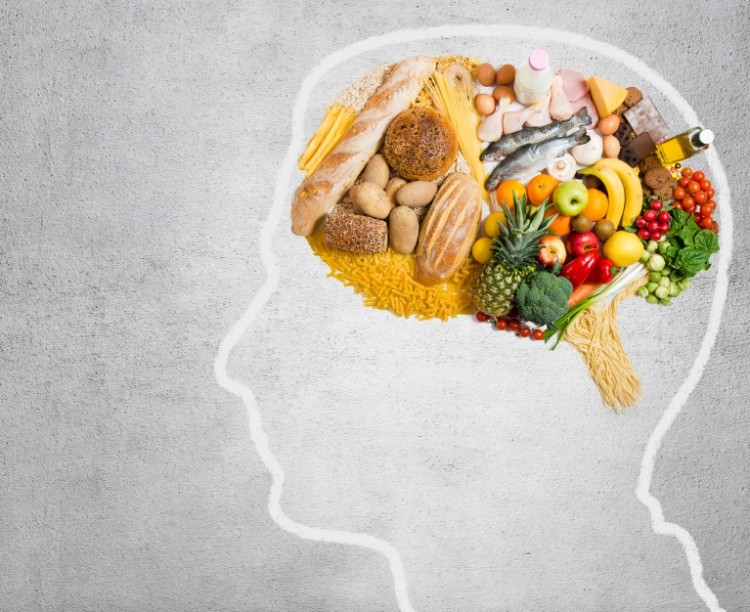
The Dutch National Institute for Public Health and the Environment (RIVM) said this is not the case for acrylamide, arsenic and lead meaning negative health effects cannot be ruled out.
The agency added no conclusion could be made for cadmium, aflatoxin B1 and the sum of aflatoxins B1, B2, G1 and G2.
Focus of the Wheel of Five (Dutch Dietary Guidelines) is to give examples of healthy diet patterns.
Intake levels based on diet
For a number of contaminants, intake when following such a diet is likely to be higher than desirable throughout a certain period or a lifetime, said RIVM.
Intake of 3-MCPD, acrylamide and the sum of dioxins and dioxin-like PCBs is expected to be reduced as crisps, cakes and biscuits are not part of the guidelines and due to lower consumption of meat.
Exposure to deoxynivalenol, ergot alkaloids (bread, grain/cereal products), methylmercury (seafood), cadmium and nitrate (vegetables) is expected to increase.
Intake of contaminants via a diet according to the guidelines was calculated with maximum levels (MLs) in Commission Regulation No. 1881/2006.
Indicative values for acrylamide in Commission Recommendation 2013/647/EU and for perchlorate, action limits stated in 2015, regarding presence in food from the Standing Committee for Plants, Animals, Food and Feed (SCoPAFF), were used.
For contaminants where a potential health risk could not be excluded, intake calculation was refined by replacing the MLs with Dutch monitoring or survey results or data from the Scientific Panel on Contaminants in the Food Chain (CONTAM) of the European Food Safety Authority (EFSA).
Intake of contaminants was calculated for each target group by multiplying the consumed quantity of each food or food group by the relevant concentration.
It was then added up to calculate a total estimated intake per target group and divided by the average body weight (bw) for calculation of intake per kilogram (kg) bw.
Risk based on EU levels
For eight contaminants, the foods in which they can occur were covered by foods with an ML and intake via a diet according to the Wheel of Five resulted in a negligible health risk.
These were sum of dioxins, sum of dioxins and dioxin-like PCBs, ergot sclerotia, erucic acid, patulin, tin, tropane alkaloids and zearalenone.
However, for 3-MCPD, Benzo(a)pyrene, citrinin, ergot alkaloids, sum of fumonisins B1 and B2, melamine, nitrate, ochratoxin A and sum of PAHs the foods in which they are found were unlikely to be sufficiently covered by those with an ML.
For acrylamide, aflatoxin B1, sum of aflatoxins B1, B2, G1 and G2 , aflatoxin M1 , cadmium, deoxynivalenol, lead, methylmercury, sum of non-dioxin-like PCBs and perchlorate estimated intake in the ML scenario was higher than the HBGV or resulted in an insufficiently high MOE.
Risk based on refined measurements
Refined intakes of the mycotoxins citrinin, ergot alkaloids, deoxynivalenol, sum of fumonisins B1 and B2, and ochratoxin A and of nitrate and methylmercury were below the HBGV for all target groups.
Alternatives
Replacing some or all coffee consumption with other drinks, such as tea, could result in reduced acrylamide intake. Another option could be to choose raw nuts when consuming nuts.
Seafood is a substantial contributor to intake of arsenic but also has beneficial health effects. Rice also contributes but average consumption is already low.
Lead is in basic foods such as bread, vegetables, meat, dairy, fruit and grain/cereals and there are no non-lead containing alternatives. The same applies to cadmium and aflatoxins found in the same foods.
For these contaminants, and aflatoxin M1, intake via a diet according to the Wheel of Five resulted in a negligible health risk.
Contaminants with an intake higher than the HBGV or insufficiently high MOE were 3-MCPD, acrylamide, aflatoxin B1, cadmium, sum of aflatoxins B1, B2, G1 and G2, arsenic, lead and perchlorate.
Due to the lack of measured concentrations from the Netherlands, it was not possible to determine if a potential health risk exists for benzo(a)pyrene, melamine and sum of PAHs.
Intake of 3-MCPD via a diet according to Wheel of Five Guidelines is of no concern following criteria of the EFSA CONTAM panel in 2016. Based on the same toxicity data used by the CONTAM Panel, JEFCA derived a TDI of 4 μg/kg bw per day.
RIVM said it was ‘uncertain’ whether an adverse effect on health can be ruled out for cadmium in view of the small safety margin between the ‘lifelong’ intake and HBGV.
Based on the small exceedance of the TDI in young children the probability of negative health effects due to exposure to perchlorate was estimated to be very low when following Dutch diet guidelines.
For lead in adult men and women the risk was estimated to be very low. However, negative effects on IQ as a result of intake by young children cannot be ruled out.
A potential health risk could not be ruled out for aflatoxin B1, sum of aflatoxins B1, B2, G1 and G2 due to uncertainties in the measured concentrations used.
RIVM added possible adjustments of food choice in the Wheel of Five will not result in meaningful reductions in intake of contaminants so levels should be kept as low as reasonably achievable (ALARA).
